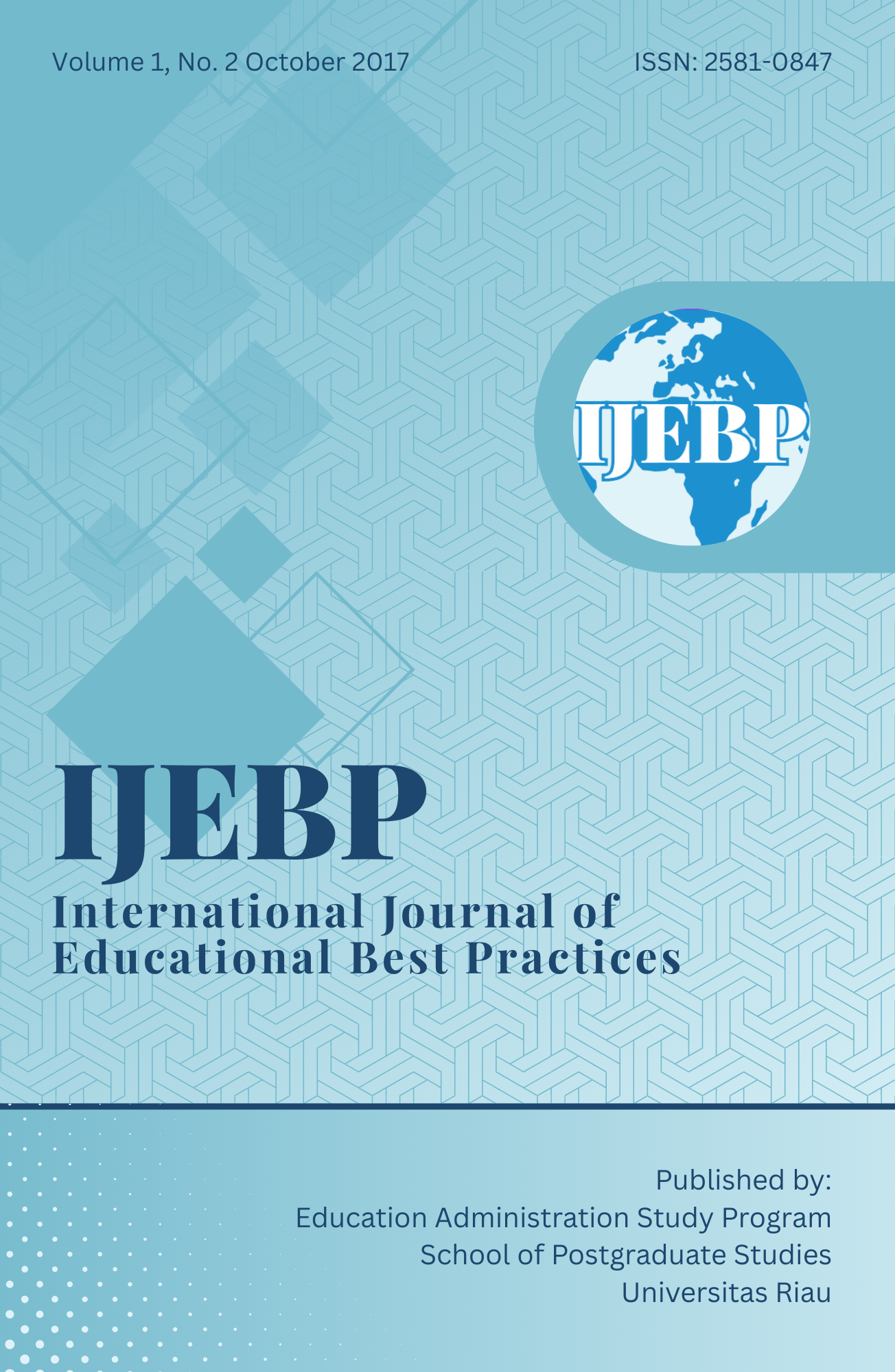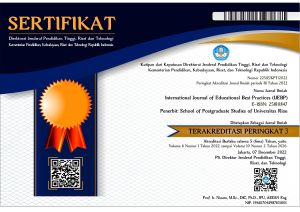A Systemic Functional Linguistics Analysis of Cohesion and Coherence in Written Nursing Care Reports
DOI:
https://doi.org/10.31258/ijebp.1.2.1-23Keywords:
Systemic Functional Linguistics, textual metafunction, cohesion, coherenceAbstract
This study analyses 25 nursing care reports written by nursing students majoring in the International Class of Nursing Diploma at a higher education institution in Indonesia. The main research focus is to assess the cohesion and coherence of nursing care reports in relation to their grades. The Systemic Functional Linguistics framework, with a focus on the textual metafunction, serves as a tool for analyzing cohesion, Thematic structures and Thematic development of the texts. The analysis of text cohesion revealed that all texts predominantly used lexical cohesion and reference to build internal ties within the texts. Reiteration of the same lexical items throughout the texts and heavy use of personal pronouns indicated the exploitation of these systems. In terms of coherence via Thematic structure, it was found that textual Themes were predominantly used. All the texts relied heavily on unmarked Themes, with no evidence indicating a proportional use of marked and unmarked Themes. In terms of Thematic development, Theme reiteration was the main method of text development for all texts. However, a few instances of Zig-zag Thematic development were found in texts in the higher graded categories. None of the texts used multiple Rheme patterns as an alternative method of text development.
References
Arunsirot, S. (2013). An analysis of textual metafunction in Thai EFL students‘ writing. Novitas-ROYAL, 7(2), pp. 160–074.
Aziz, Y.Y. (1988). Theme–theme organization and paragraph structure in standard Arabic. WORD, 39 (2), pp. 117–728.
Droga, L. & Humphrey, S. (2002). Getting started with functional grammar. Australia: Target Texts.
Ebrahimi, S.F. & Khedri, M. (2012). The importance of thematic structure in students‘ writing cohesion. Language in India, 1(2), pp. 64–48.
Eggins, S. (2004). An introduction to systemic functional linguistics, 2nd edn, London: Continuum.
Evans, S. (2010). Business as usual: the use of English in the professional world in Hong Kong, English for Specific Purposes, 2 (9), pp. 153–367.
Ferguson, G. (2013). English for medical purposes. In B Paltridge & S Starfield (eds), The handbook of English for specific purposes, 1st edn, Wiley, UK, pp. 243-361.
Halliday, M.A.K. & Hasan, R. (1976), Cohesion in English, Hong Kong: Longman.
Halliday, M.A.K. (2004). An introduction to functional grammar, 3rd edn. rev. CMIM Matthiessen. London: Arnold.
Hawes, T. (2015). Thematic progression in the writing of students and professionals Ampersand, 2, pp. 93–300.
Khalil, A. (1989). A study of cohesion and coherence in Arab EFL college students‘ writing. Paper presented at the 5th Annual Linguistics Conference, Yarmouk University, Jordan.
Nickerson, K. (2015). The death of the non-native speaker? English as a lingua franca in business communication: a research agenda. Language Teaching, 48(3), pp. 390–004.
O‘Neill, F. (2011). From language classroom to clinical context: the role of language and culture in communication for nurses using English as a second language: a thematic analysis. International Journal of Nursing Studies, 48(9), pp. 1120-0128.
Saragih, E. (2014). Designing ESP materials for nursing students based on needs analysis. International Journal of Linguistics, 6(4), pp. 59–90.
Wei, J. (2016). Thematic choice in Chinese college students‘ English essays. English for Specific Purposes, 4 (1), pp. 50-67.





